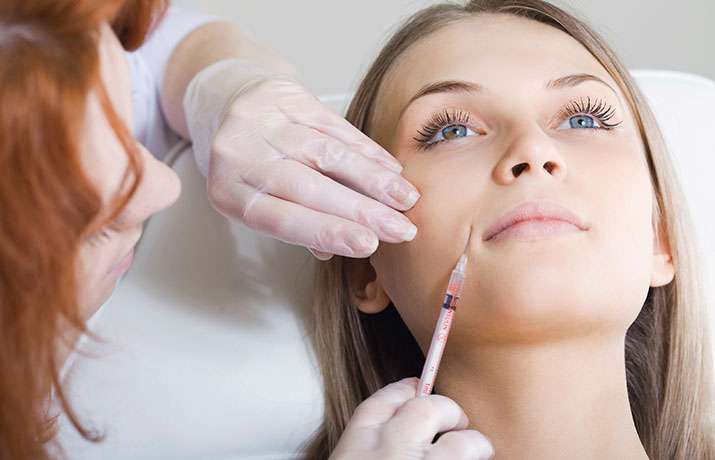Common sleep disorders include insomnia, restless leg syndrome, narcolepsy and the most common of these is obstructive sleep apnea. Cutting-edge dental technology has enabled the dental field to play an effective role in combating sleep apnea for a large number of patients. Dr. Stan Farrell has extensive training in sleep medicine and is a member of the American Academy of Dental Sleep Medicine and board certified with the American Board of Orofacial Pain, making him one of the best qualified doctors to treat sleep apnea with an oral appliance. AZTMJ uses the latest technology in home sleep testing equipment and diagnostic imaging. Dr. Stan Farrell can complete a thorough examination in order to determine if you are a good candidate for an oral sleep appliance and can distribute the home sleep testing equipment. If you or someone you know are experiencing symptoms of a common sleep disorder, please contact Dr. Stan Farrell at 480-945-3629 or at www.headpaininstitute.com to schedule a consultation.
Ramar K1, Olson EJ.
Abstract: Sleep disorders are common and affect sleep quality and quantity, leading to increased morbidity. Patients with sleep disorders can be categorized as those who cannot sleep, those who will not sleep, those with excessive daytime sleepiness, and those with increased movements during sleep. Insomnia, defined as difficulty initiating or maintaining sleep that results in daytime impairment, is diagnosed using history findings and treated with cognitive behavior therapy, with or without sleep hypnotics. Restless legs syndrome is characterized by an urge to move the legs that worsens with rest, is relieved by movement, and often occurs in the evening or at night. Restless legs syndrome is treated based on the frequency of symptoms. Narcolepsy is characterized by excessive sleepiness, cataplexy, hypnagogic or hypnopompic hallucinations, and sleep paralysis. It is diagnosed using a sleep log or actigraphy, followed by overnight polysomnography and a multiple sleep latency test. Narcolepsy is treated with stimulants, such as modafinil; selective serotonin reuptake inhibitors; or gamma hydroxybutyric acid (sodium oxybate). Patients with snoring and witnessed apneas may have obstructive sleep apnea, which is diagnosed using overnight polysomnography. Continuous positive airway pressure is the most common and effective treatment for obstructive sleep apnea. Rapid eye movement sleep behavior disorder is characterized by increased muscle tone during rapid eye movement sleep, resulting in the patient acting out dreams with possible harmful consequences. It is diagnosed based on history and polysomnography findings, and treated with environmental safety measures and melatonin or clonazepam.

